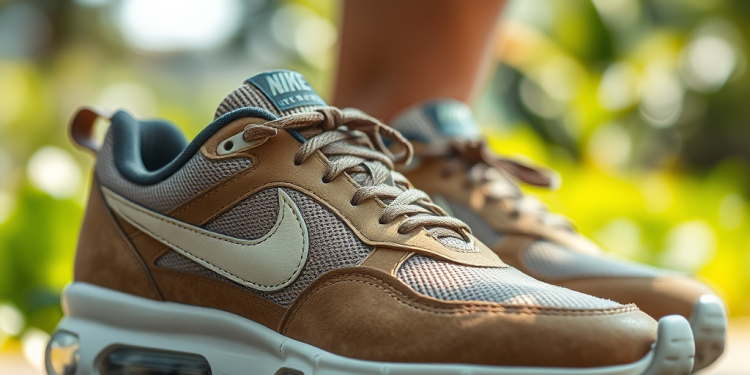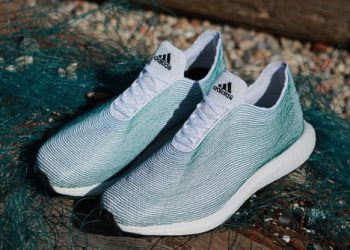Nike continues to elevate its environmental commitments, advancing from its celebrated “Move to Zero” program toward a more expansive and science-based net-zero strategy. In recent years, the company has intensified efforts to curb carbon emissions, minimize waste, conserve water, and adopt cleaner chemistry—all while inspiring industry-wide change.
In 2024, Nike achieved a remarkable 69 percent reduction in its Scope 1 and 2 greenhouse gas emissions compared to its 2020 baseline, along with a 36 percent decline in Scope 3 emissions linked to its manufacturing and transportation operations. The company also powered 96 percent of its global operations with renewable energy, and diverted 100 percent of operational waste from landfill—of which over 60 percent was reused or recycled.
Nike’s latest goals for 2025 reflect bold, measurable targets: reducing greenhouse gas emissions by 0.5 million tons, diverting 100 percent of waste from landfill, recycling at least 80 percent of that waste into Nike products or other goods, and cutting fresh water use in textile dyeing and finishing by 25 percent. The company embraces a “Bloom Over Doom” philosophy—optimistic, audacious innovation aimed at preserving our planet and sport.
Looking further ahead, Nike has joined the UN Fashion Industry Charter for Climate Action, pledging to deliver a 30 percent aggregate reduction in greenhouse gas emissions by 2030 and to achieve net-zero emissions by 2050. To reach these milestones, the brand is scaling renewable energy, advancing sustainable materials, piloting alternative fuels—including electrification for last-mile delivery—and reshaping its supply chain.
Nike’s sustainability ethos continues to shape design. The late Chief Design Officer and Chief Innovation Officer, John Hoke III, emphasized circular design and material regeneration—envisioning products that evolve from one form to another in a continuous lifecycle.
Through this evolving journey, Nike is both delivering tangible environmental results and setting a powerful example for the broader sportswear and apparel industries.



















